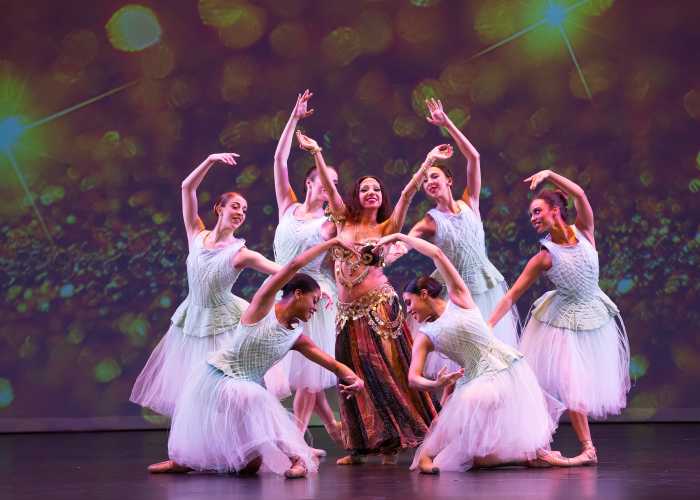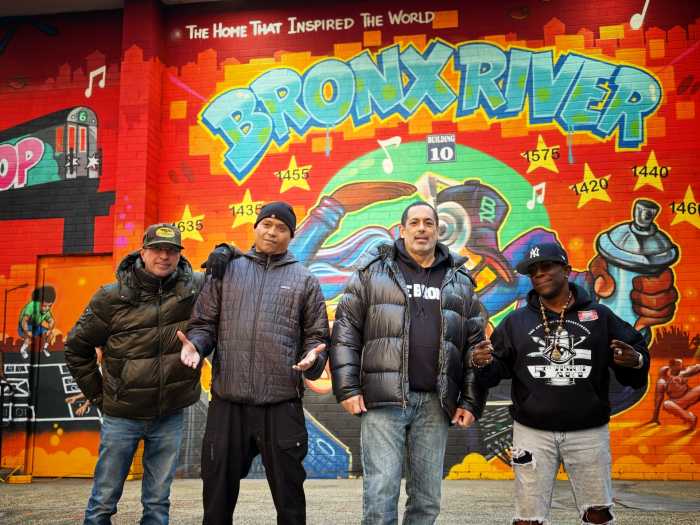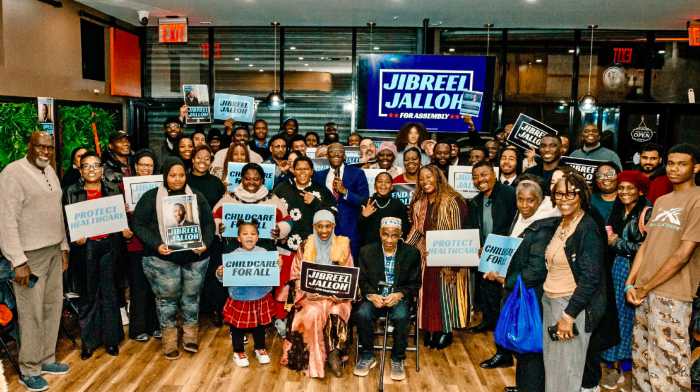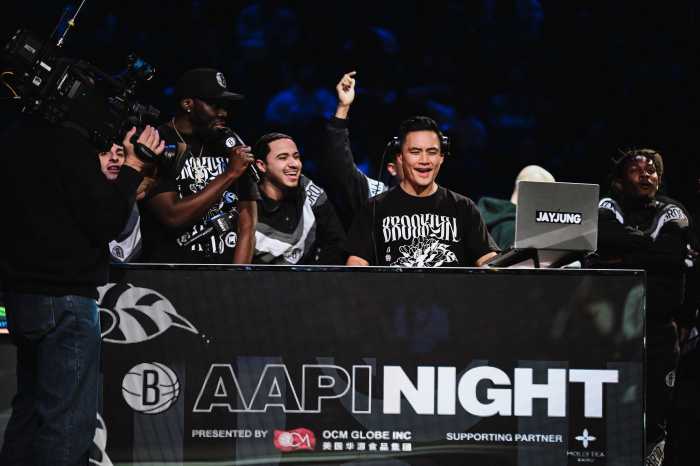Author David Carter pens definitive account of 1969 riots
“I really did sweat this to get it as accurate as I could,” the 51-year-old Carter said.
After ten years of work, 145 interviews with 91 people, including roughly 70 people who witnessed the riot, and other informal interviews as well, Carter has produced what Eric Marcus, author of “Making Gay History,” has called the “definitive account” of the June 28, 1969 riot widely seen as the seminal event in the queer movement.
Carter’s interest started in 1994 during the 25th anniversary of the riot. He assumed, correctly, that participants in the 1969 event would be popping up in New York City.
“I figured people would be coming out of the woodwork and I tried to do everything I could to track down information,” he said. “I tried to attend every event that I could.”
For Carter, that began the long process of gathering documents and conducting interviews. He used a map of Sheridan Square in his interviews and asked his witnesses to indicate on the map what they saw, where it happened, and when it happened.
“Bit by bit I was building up a database,” Carter said.
When he put all this information together, Carter had a near minute-by-minute account of the riot. He also saw where his witnesses agreed.
“It was very painstaking, but very satisfying,” he said. “I put them side by side and studied them.”
Stonewall is a controversial event, in part, because being a riot veteran confers an elevated status in the queer community. False Stonewall veteran claims are so common that some people whose participation is proven will say, ironically, that they were just one of several million people outside the gay bar on June 28, 1969.
The controversy also has a political element with various voices saying that the transgender community, people of color, or lesbians were the central players in the riot. Carter found support for many of these claims.
“One thing that is rather beautiful about it is the action encompassed everyone,” he said. “It was the entire community. The way I see it, there is plenty of credit to go around.”
Not only did his witnesses tend to agree, but, to his surprise, Carter found roughly 15 written accounts from 1969, including police reports, newspaper articles, and letters, that supported each other.
“One of the things I heard over and over was there are very few written records from 1969 and they really disagree with each other,” he said. “What I found was an extraordinary degree of agreement among the written accounts. That gave me faith in them. They corroborated each other.”
We will see if the book ends any controversy. People who lie about being at Stonewall may just keep on lying. Various groups may point to the book to bolster their assertions. Carter hopes he may have answered some questions about Stonewall.
“I thought if I work very hard, gather every piece of evidence that I humanly can, and analyze it carefully I should be able to say something much fuller and maybe resolve some of these controversies,” he said. “What the judgment of history or the public will be I don’t know, but I feel like I have, to my satisfaction, resolved the controversies.”
Those debates may be beside the point. As the book makes clear, the riot resulted from not only years of abuses, but also from a growing tendency in the community toward resistance.
“There was a whole context in which it came,” Carter said at a June 2 event at the New York Historical Society. “It was not an accident.”
What is most important about Stonewall is the political organizing that came after the riot.
“Stonewall would mean nothing if the gay liberation movement hadn’t come out of it,” Carter said. “The Gay Liberation Front started here and the Gay Activists Alliance started here. Those two organizations, more than anything else, defined the gay liberation movement… Stonewall changed the whole tenor of the movement. It created a mass movement for the first time.”
The book includes new information that suggests that the riot could have turned out very bloody. Carter interviewed Seymour Pine, the inspector from the Manhattan’s First Division Public Morals unit, who planned and led the raid. After the crowd had chased the cops back into the bar, the police were “armed, frightened,” Pine said at the historical society event.
“When we moved back into the bar we knew we were in trouble,” Pine said.
Every time they radioed for help, a voice on the police radio would respond with “Disregard that call.”
Pine had not informed the nearby Sixth Precinct—considered “the most corrupt in the city,” Carter said—because he feared they would tip off the bar owners. Carter said it was likely Sixth Precinct officers who kept transmitting “Disregard that call” though Pine would not confirm that at the June 2 event.
Pine recalled moving from officer to officer in the bar reassuring them and instructing them not to fire unless he fired first. Had they fired, any number of rioters could have been wounded or killed. The police feared that after that the mob would slaughter them.
Carter is not among the many people who claim to have been at Stonewall.
In June of 1969, between his junior and senior year in high school, he was taking a course in entomology at the University of Georgia on a federal grant.
“That was my big hobby at that time, collecting insects,” he said. Born and raised in Jesup, Georgia, “a small, conservative town,” Carter’s brother, 11 years his senior, was a great influence.
“He would bring in the larger, outside world to me,” Carter said. “Whenever he came home he would bring the latest Broadway show albums or art books. I grew up with Marcel Proust in the house.”
Previously, Carter edited “Spontaneous Mind,” a collection of interviews with poet Allen Ginsburg, and he wrote biographies of Salvador Dali and George Santayana. “Stonewall” had a singular importance for Carter.
“I think beginnings are important,” he said. “To be a people we have to have a history.”
We also publish:













